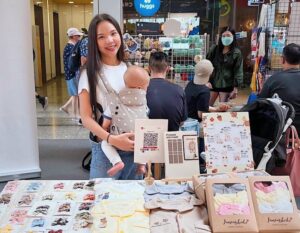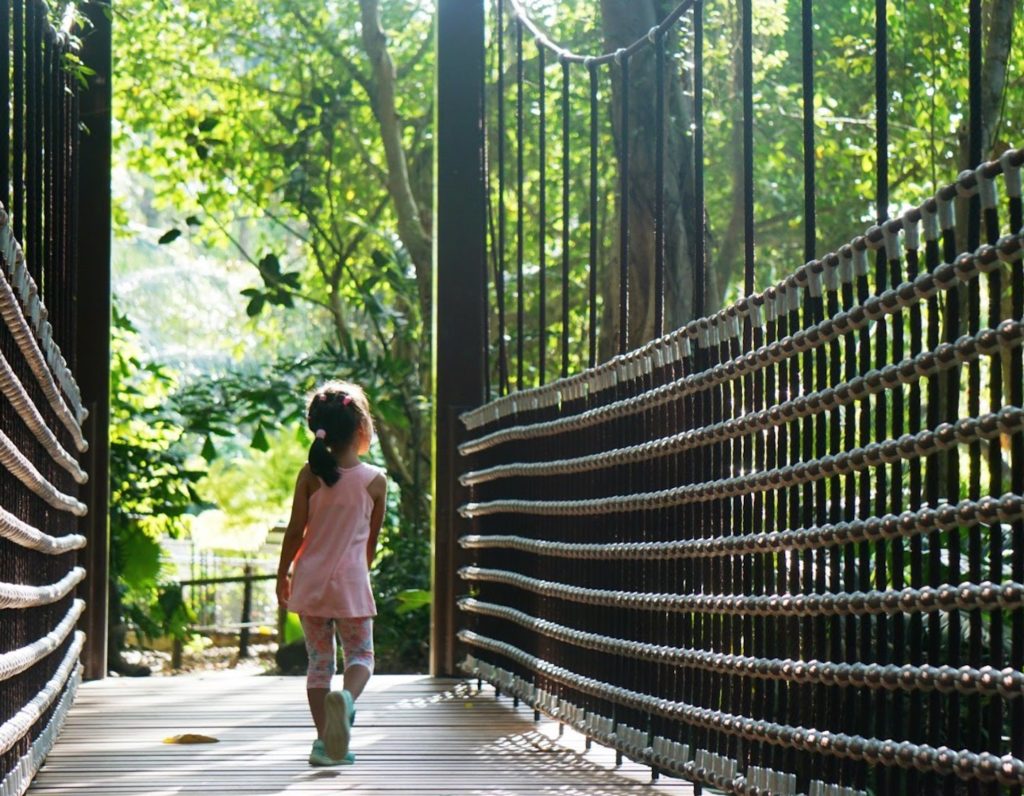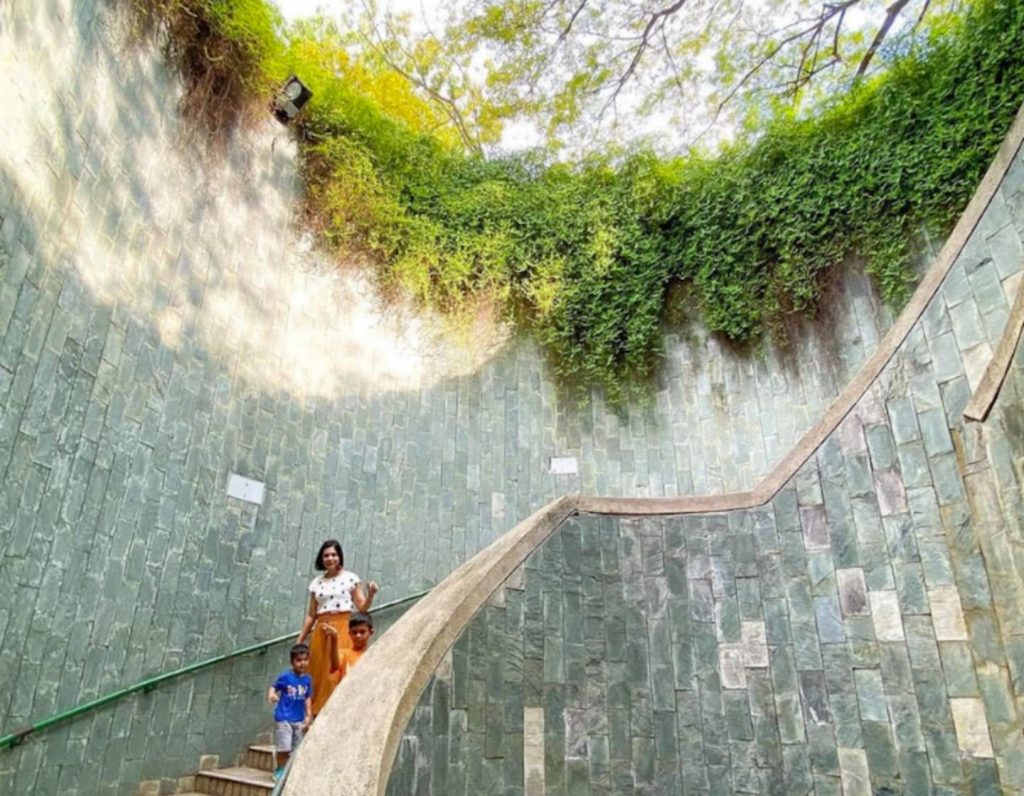

If the kids are bored at home, then grab their scooters, pack a few snacks and head to Fort Canning Park for a memorable weekend escape
An iconic focal point that has seen many of Singapore’s most historic milestones, Fort Canning Park is a kid-friendly park with a little something for everyone. History buffs can soak up the park’s medieval or colonial history – did you know the park was named after Viscount Charles John Canning, the first Viceroy of India? – while children go nuts for the fun playground at the park’s edge. Many also head here for fresh air, hiking trails, gorgeous flora, Bali-esque IG-worthy spots plus wide-open green spaces that are perfect for a solid workout, and don’t even get us started on Fort Canning Park’s thriving arts, concert and culture scene! So if you’ve got free time and want to do something as a family over the weekend, consult our guide below to some of Fort Canning Park’s best sights and then plan a walking route with NParks’ useful Fort Canning Park map!
Read more: Ultimate Guides to Singapore’s Best Neighbourhoods
Click to jump to…
– What to See & Do at Fort Canning Park
1. Fort Canning Park’s History, Artefacts and Sights
2. Visit the Nine Gardens
3. IG-Worthy Shots at Fort Canning Park
4. Battlebox Singapore
5. Fort Canning Park playground
6. Fort Canning Green
– Where to Eat at Fort Canning Park
– Toilets at Fort Canning Park
– How to Get There
What to See & Do at Fort Canning Park
1. Check Out Fort Canning Park’s History, Artefacts and Sights
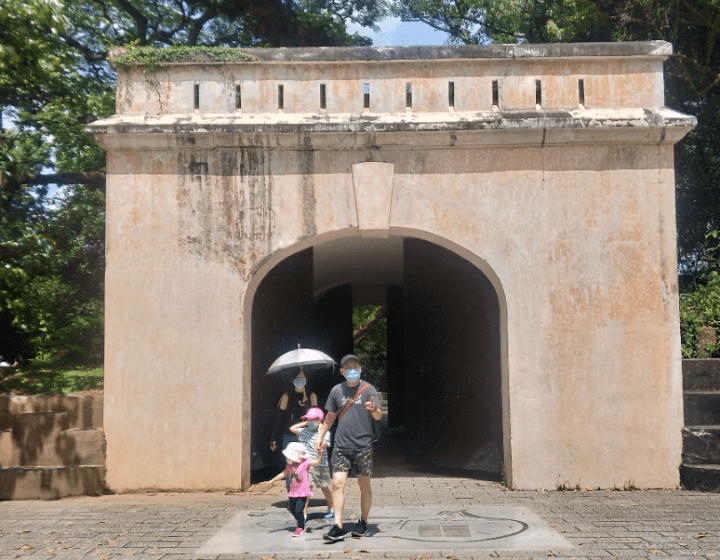
Formerly the site of 14th-century palaces before becoming the headquarters of the Far East Command Centre and location of the British Army Barracks, Fort Canning Park still has plenty of historical artefacts and educational sights that history buffs will enjoy.
Check out these important spots in Fort Canning Park:
Fort Gate
This singular block is what’s left of the fortress that once stood on Fort Canning Hill from 1861 to 1926. It protected Singapore from sea-based attacks and also served as a refuge for the European population that lived here at the time in times of trouble.
Gothic Gates
This archway serves as the entrance to Fort Canning Green (see below). It is marked with the letters “IHS” which translates to Iota Eta Sigma (the first three letters of the Greek word of Jesus).
Maritime Corner@Fort Canning
Learn about Singapore’s evolution from port city to booming maritime centre at this focal point in Fort Canning Park. You’ll find the Fort Canning Lighthouse here; you cannot enter it, yet it’s still quite the sight.
9-Pound Cannon
Dating back to the 19th century, the cannon was said to be fired thrice daily to announce the hour; it was also fired to warn about town fires or even as a salute. The South Battery sits next to the cannon, and this is where the main gun battery was mounted to defend Singapore.
Keramat Iskandar Shah
This is purportedly the final resting place of Singapore’s very last king, Iskandar Shah. And while this belief cannot be verified – all it offers is proof that there were inhabitants in Singapore long before Singapore became a port city – many still consider the keramat (which translates to mean ‘sacred place’) a place of worship and frequent it regularly.
Fort Canning Park guides and apps
- For an immersive experience, download the BalikSG Augmented Reality (AR) app before your trip. The app contains the Fort Canning Trail feature, which lets you revisit Fort Canning Hill in the days when it was known as Bukit Larangan or Government Hill. The trail is 2.5km-long, and there are eight checkpoints with the AR marker around Fort Canning Park. The AR trail will show you the various historical characters linked to different areas of Fort Canning Park, uncover some of the park’s best stories and places to see and show you some of Singapore’s most significant historical events through AR technology.
- Or follow NParks’ DIY Ancient History walking trail for a step back into the past.
2. Visit the Nine Gardens Within Fort Canning Park
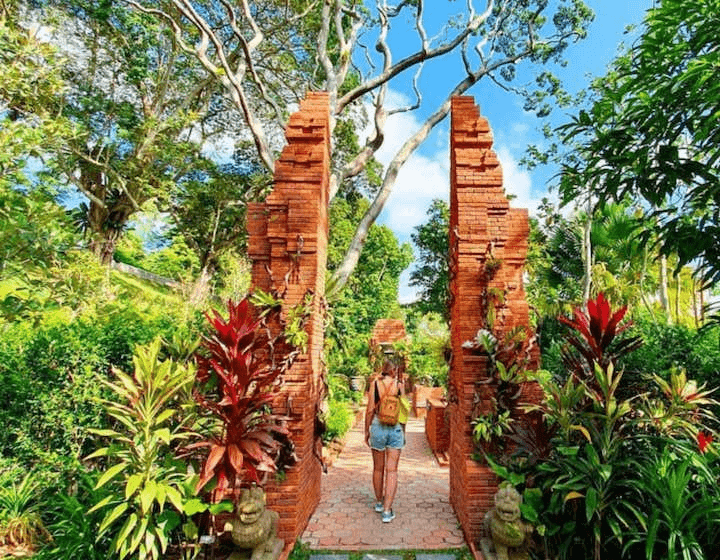

Nature enthusiasts will find plenty to delight in at Fort Canning Park. After all, this green lung is filled with nine historical gardens. And since the entire hill has such deep history, NParks took a few cues from several historical texts to create the gardens and green spaces you can see today. Here’s what to expect from each of the nine gardens at Fort Canning Park:
Spice Garden
Inspired by Sir Stamford Raffles former spice plantation, the garden represents his experiments and contains spice plants such as asam gelugor, roselle, Thai cinnamon, basil, black pepper, laksa leaves and more. Do a self-guided walk through Fort Canning Park’s Spice Garden with this helpful guide from NParks!
Artisan’s Garden
Once a craftsmen’s workshop, the artisans here served the royal house and made jewellery and other fine goods for those who lived on Fort Canning Hill. Today, Artisan’s Garden at Fort Canning Park is one of Singapore’s last archaeological dig sites, and it has been refreshed as an exhibit and activity space where children and adults can participate in archaeology workshops.
Farquhar Garden
This green space is named after Major-General William Farquhar, who was also an avid naturalist who commissioned and compiled several natural wildlife drawings. Use the BalikSG AR app to explore and interact with these paintings.
Sang Nila Utama Garden
Named after the 13th-century prince from Palembang who founded Singapore, this garden is inspired by the gardens in the palaces that once stood on Fort Canning Hill in the 14th century. Some traditional features incorporated into Sang Nila Utama Garden include symmetrical layouts, a series of Javanese gates that have become the star of more than one Instagram post (see below!). The gates serve as entranceways into new areas or zones – and a reflective pool.
Raffles Garden
Named for Sir Stamford Raffles (who was also an enthusiastic naturalist who adored studying botany and wildlife), this 19th-century garden includes the many flora and fauna that Sir Stamford Raffles studied, collected or planted.
First Botanic Garden
First founded in 1822, this is Singapore’s very first botanical and experimental garden. At one point in time, more than 600 nutmeg trees and 300 clove plants were grown here. Now restored near its original location, the First Botanic Garden contains crops that were first introduced to the country during Singapore’s colonial era.
Armenian Street Park
This space serves as a connector between Fort Canning Park, Bras Basah, Bugis and the Civic District, effectively creating an expanded culture, arts and heritage district.
Pancur Larangan
The name translates to ‘Forbidden Spring’ and it used to be the bathing place for the ladies of Singapore’s ancient royal court, making it off-limits to everyone else. Today, the recreated garden features various elements from 14th-century Javanese architecture styles. The highlight is a large stone mural that’s handcrafted with natural volcanic rock and depicts what life at Fort Canning Park looked like from the 14th to the 19th century.
3. Pretend You’re in Bali: IG-Worthy Shots at Fort Canning Park
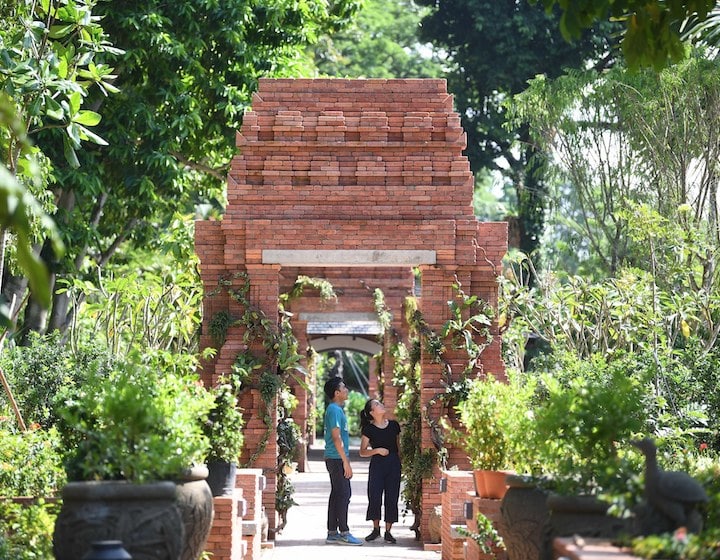

What’s a trip to Fort Canning Park if you’re not going to get a stunning shot for your IG followers? Lush greenery aside, there are three striking spots to get that perfect snap.
Fort Canning Tree Tunnel
Start at the Fort Canning Tree Tunnel, which is an underground crossing that hides what is fondly known as the Fort Canning spiral staircase. It sits closest to the Fort Canning Green entrance, and there’s often a queue on weekends to get an IG-worthy picture. We’d recommend getting there early (it was already crowded at 10am when we went) to get the right amount of sunlight filtering through the plants and greenery.
Sang Nila Utama Garden
Other hot spots for the ‘gram include Pancur Larangan and the Javanese gates at the Sang Nila Utama Garden (see above!) Getting some snaps at these places give you all the Bali holiday feels!
4. Go on a historical tour at Battlebox Singapore
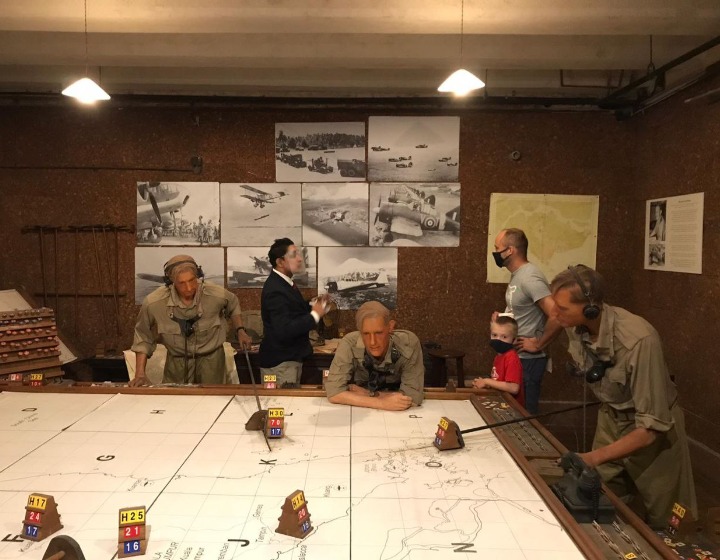

Also known as the Underground Bunker, Battlebox Singapore is an authentic World War II secret Command Centre. Built in the late 1930s, the bunker sits nine metres underground and you can sign up for a 30-minute guided tour. The tour explores the tension and drama behind the decision to surrender to the invading Japanese army on 15 February 1942. Battlebox Singapore is not suitable for children aged below 7.
Afterwards, follow NParks’ self-guided Colonial History walking trail to get a glimpse of more Fort Canning history. Oh, there’s an authentic sally port (the only one out of three that remains) along the outer walls of Battlebox Singapore as well – see if you can spot it!
5. Take the kids to the Fort Canning Park playground
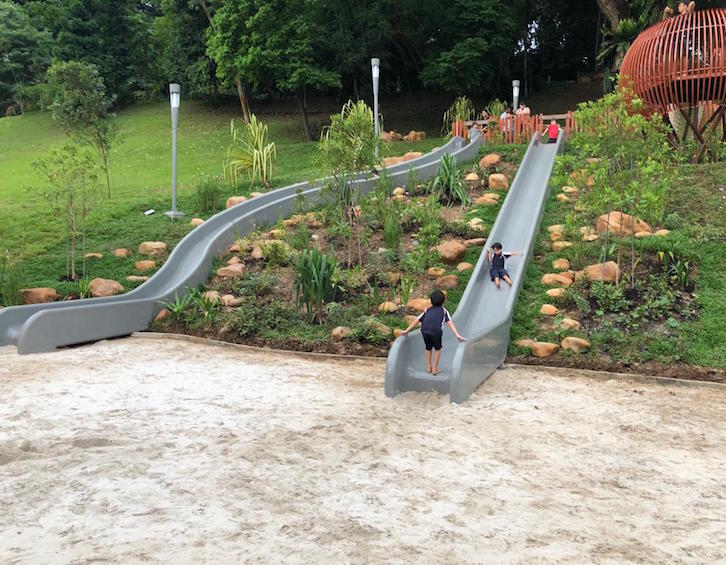

Jubilee Park playground is where the kids are going to want to head to when you are at Fort Canning Park! You’ll find it at the bottom of the park almost across the road from Clare Quay. As with many free outdoor playgrounds in Singapore this one has no shelter from the sun, so the best times to visit are mornings (shaded until almost 10am) and early evenings. Highlights here are the multiple swing sets (including inclusive swings), a log scramble for climbing and balancing, see-saws, a sandpit (BYO bucket and spade!), and a “treehouse” that can be accessed by a rope bridge! There are also climbing nets and slides (a cute little toddler slide further towards the Clarke Quay end) and bigger long slides built into the natural slope of the park.
6. Exercise or have a picnic at Fort Canning Green
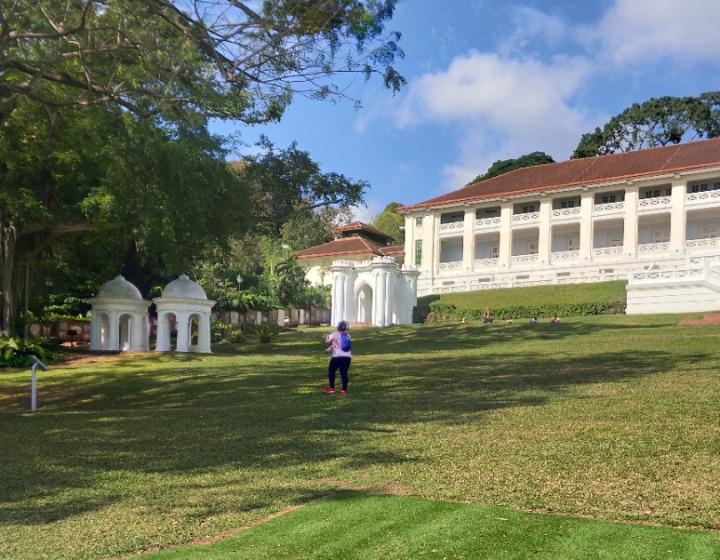

It may have a slightly macabre origin story, but Fort Canning Green is now a popular host for open-air concerts, cultural events, picnics and exercise (there’s often yoga or other exercise classes on). Formerly the site of Singapore’s first Christian burial ground from 1822 to 1865, the cemetery was closed and filled up in 1865 before being turned into a park. Today, the only indications you’ll find that point to its past are the Gothic Gates that sits at the entrance to Fort Canning Green, the James Brooke Napier Memorial and two dome-shaped cupolas that were designed by George Coleman (the same personality that Coleman Street is named after). The dilapidated tombstones that were once here were removed in the 70s; 200 of them were incorporated into Fort Canning Green’s walls. Fun fact: The memorial walls also house a plaque for Esther Farquhar Bernard, Canadian Prime Minister Justin Trudeau’s great-great-great-great grandmother.
Where to Eat at Fort Canning Park
1. Tiong Bahru Bakery Foothills
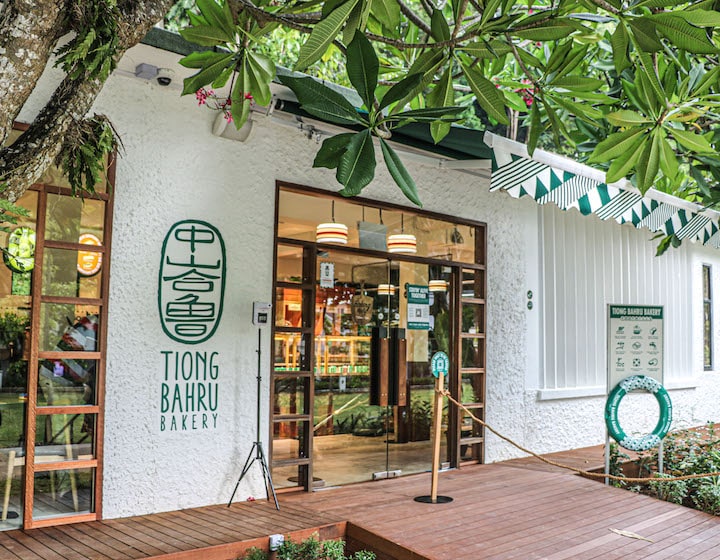

This TBB cafe is perched along the edge of the hill of the park. With expansive indoor and outdoor dining areas decked out in quirky pool-inspired props, and surrounded by beautiful green spaces, the elongated café housed within the old swimming complex is the perfect spot to cool off after visiting the park. Indulge in their array of croissants and the famous Kouign-Amann!
More F&B at Fort Canning Park
You can also hit up the various cafes and restaurants around the Dhoby Ghaut, Somerset, River Valley and Clarke Quay districts that surround the park. Alternatively, plan brunch or lunch at the restaurants within Hotel Fort Canning. Want something simpler? Pack a picnic and park yourself under the large trees at Fort Canning Green for a true Fort Canning Park picnic (see above).
Toilets at Fort Canning Park
There are toilets within Fort Canning Park (signposted) at the Foothills, and at Sang Nila Utama Garden.
How to Get to Fort Canning Park
There are several car parks within Fort Canning Park, and there’s a wheelchair-friendly drop-off point at the Cox Terrace roundabout. If you’re getting here via the MRT, then there are three stations you can alight at. From Fort Canning MRT station, take exit B before turning left to Jubilee Park. There are covered escalators near the Jubilee Park entrance, but these are temporarily closed.
Use exit E if you stop at Clarke Quay MRT station, then turn left and walk along Coleman Bridge. At the end of the bridge, turn left and cross the overhead bridge at River Valley Road to enter Fort Canning Park. Alternatively, get off at Dhoby Ghaut MRT station, take exit B and cross at Penang Road. Then turn left and look for the tunnel that leads into Fort Canning Park.
![]()
![]()




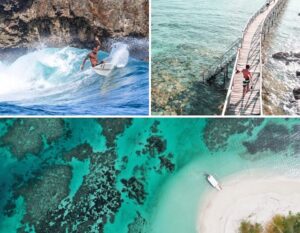
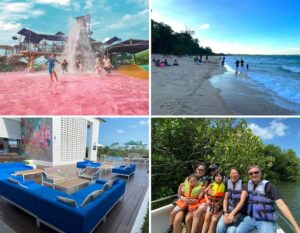
 View All
View All




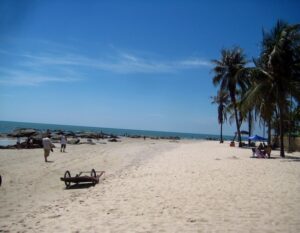
 View All
View All





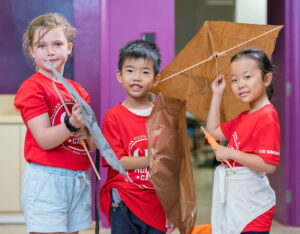


 View All
View All